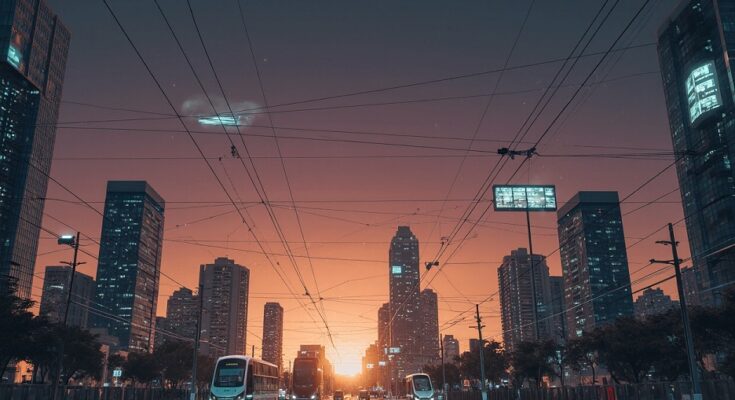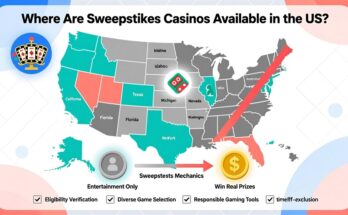You know that feeling when your bus plays hide and seek while the clock scolds you from your phone, and you want fewer mysteries and more movement across your commute. In the middle of that wish, a cloud-based graph database notices what people, vehicles, and signals are actually doing rather than what they promised in last year’s slide deck. You picture routes, riders, depots, bikes, trams, drivers, and weather stitched into one living map that breathes with the city and speaks in plain language. Suddenly, predicting delays stops feeling like guesswork and starts looking like professionalism.
You See The Whole Network As A Conversation
You already collect GPS pings, fare taps, service tickets, and bike dock counts, yet they live in separate corners that turn your morning into a scavenger hunt. With a graph model, you connect lines, stops, vehicles, operators, and riders, then let relationships speak in real time at street level. A late tram is not just late, because it becomes a ripple that touches two bus transfers, a bike shortage, and a frustrated group chat under a fogged shelter. The network explains itself with context, and you stop guessing because the edges show the story you actually need.
You Predict Delays Before The Eyebrow Raises
You care about timing because a quiet five minutes can become a loud twenty if nobody nudges the schedule. By learning daily rhythms, special events, and weather quirks, the graph highlights small disturbances long before they bloom. Right in the middle of that work, you lean on a few habits that keep operations calm and riders informed:
- Blend live vehicle pings with stop sensors for accurate headways today.
- Map transfer dependencies so one delay does not spread unchecked.
- Factor weather and events into dynamic schedules with friendly buffers.
- Trigger rider alerts when risk crosses clear, human readable thresholds.
After this, alerts feel helpful rather than stressful, because the message arrives early, the wording sounds human, and the suggested alternative is realistic for people carrying groceries, strollers, and coffee. Riders forgive delays when the system treats them like adults and offers a sensible plan B instead of silence.
You Personalize The Commute Without Being Pushy
You want to guide, not nag, since commuters already juggle meetings, umbrellas, and surprise pigeons. The graph groups similar journeys, notices preferred transfers, and suggests smarter choices only when it matters. A rider who switches from tram to bike receives a nudge when docks look tight near their office, while another rider who loves express buses hears about a temporary short line that dodges construction like a savvy local. Because the model understands relationships, the suggestion feels timely and kind, not robotic or random. Your app becomes a friendly travel buddy, the sort that remembers which door you prefer and when you sprint for coffee.
You Optimize Resources With Fewer Fire Drills
Behind the scenes, you match vehicles to routes with the elegance of a backstage crew changing sets. The graph links maintenance history, driver skills, garage capacity, and real time demand, which means over the course of a day you can flex without drama. You move buses toward pop up surges, reroute trams around a stalled intersection, and dispatch a small fleet of ebikes toward the park before a sunny lunch crowd empties the racks. Meanwhile, planners explore what if scenarios in a sandbox that feels like a map room, so changes roll out with confidence rather than crossed fingers and late apologies.



